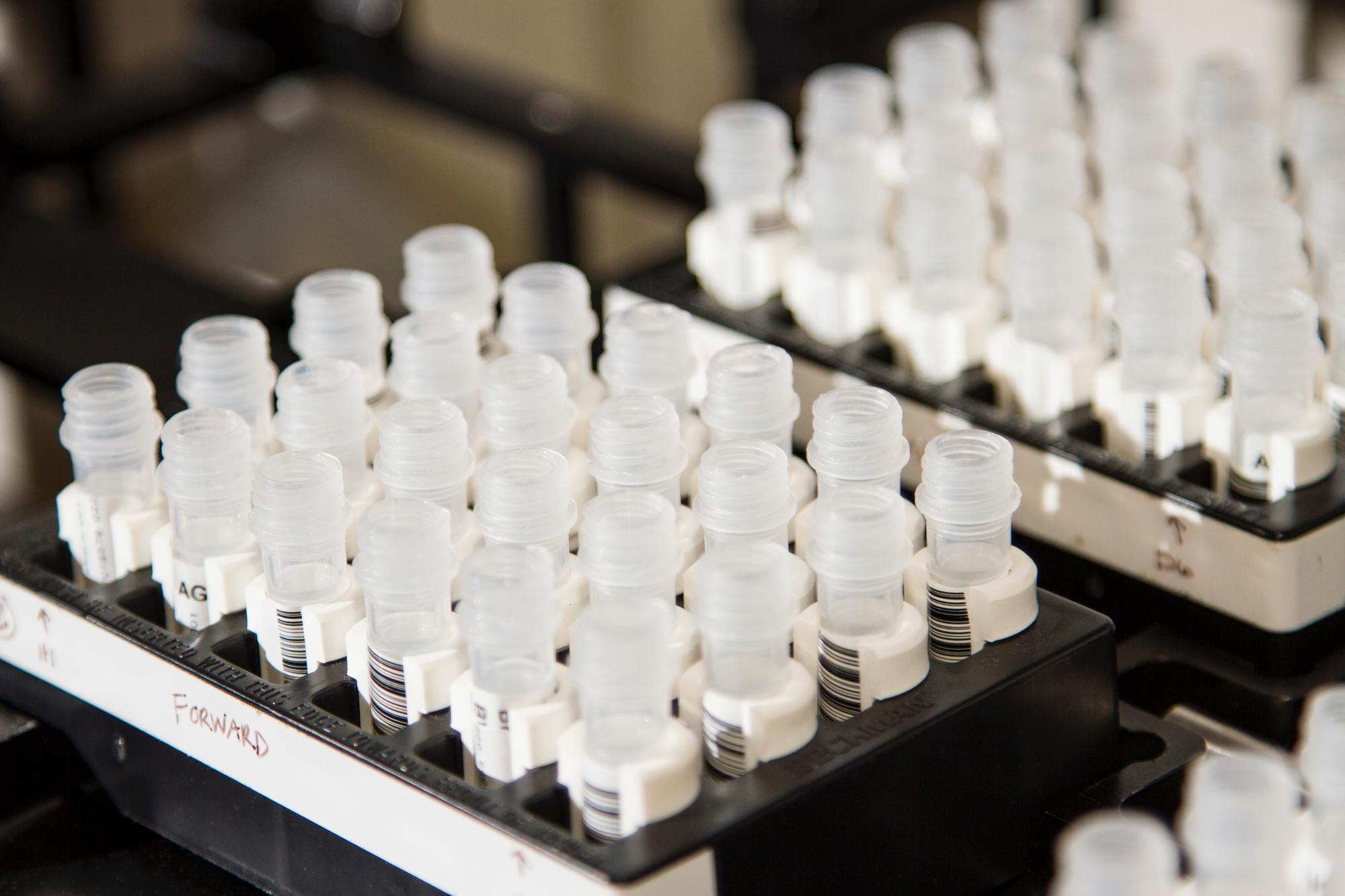State compliance testing has generated huge datasets that reveal how often the “minor” cannabinoids actually show up in retail flower. In the largest U.S. analysis to date (89,923 lab-tested samples across six states), researchers found that while THC dominates, CBG was ≥1% by weight in 23.1% of samples; CBD met that threshold in 3.9%, and most other minor cannabinoids—like CBC and THCV—were usually present at very low levels. Principal-component analysis showed that nearly all variation in cannabinoid profiles is explained by THC, CBD, and CBG.
CBG (cannabigerol)
CBG is the neutral form of cannabigerolic acid (CBGA), the common precursor from which plants synthesize THCA, CBDA and CBCA; breeding or mutations that reduce THCA/CBDA-synthase activity allow CBGA/CBG to accumulate. Recent genetics work shows a “null” THCA-synthase allele can drive CBGA dominance—useful for developing CBG-rich cultivars. In market data, CBG accounts for the second-largest axis of cannabinoid variation after the THC:CBD ratio, and one terpene chemotype (“Cluster III”) showed modestly higher CBG, suggesting certain aroma profiles co-occur with more CBG.
Beyond prevalence, laboratory and preclinical studies consistently report antibacterial activity for CBG, including against MRSA, supporting ongoing interest in formulations that feature measurable CBG alongside THC/CBD.
CBC (cannabichromene)
CBC arises when CBGA is converted by CBC-synthase; in commercial flower, measured CBC typically remains in the trace range, far below THC/CBD/CBG. Pharmacology work shows CBC activates TRPA1 channels and demonstrates anti-inflammatory effects in cell and animal models (including amelioration of murine colitis), with newer reviews echoing potential relevance to inflammatory conditions. Human evidence remains preliminary.
THCV (tetrahydrocannabivarin)
THCV is a “varin” cannabinoid made via the propyl side-chain pathway (from CBGVA → THCVA → THCV). It tends to be scarce in mainstream U.S. cultivars, showing up in lab data at low levels in most samples, though certain genetics (e.g., African landrace lineages) produce more. Mechanistically, THCV behaves as a neutral CB1 antagonist at low doses and a partial agonist at higher doses. In humans, a randomized, double-blind trial in type 2 diabetes suggested THCV improved some glycemic parameters, and fMRI work in healthy volunteers found THCV modulated resting-state connectivity in networks implicated in reward and obesity—signals that warrant larger clinical programs.
What this Means
From a lab-testing standpoint, CBG is the minor cannabinoid you’re most likely to see reach ≥1% in flower, while CBC and THCV are generally detected at lower, cultivar-specific levels. Because testing requirements for minors vary by state and measurement methods differ by lab, reported amounts are not always directly comparable across markets—one reason to read the full certificate of analysis (COA) rather than relying on labels alone.
In short: lab datasets frame realistic expectations—CBG shows up meaningfully and may add functional interest; CBC and THCV remain rarer but pharmacologically promising—while also reminding shoppers and clinicians to anchor decisions in verified COA chemistry, not just names or marketing.

